Lack of aeration, poor drainage, and overwatering is the root cause of foul odor in potting soil. Inappropriately decomposed organic matter can also lead to a bad smell in the potting mix. Let the soil dry out, then blend 1/3 cup of activated charcoal with four quarts of potting mix to minimize the foul smell. The primary cause of poor drainage is overwatering houseplants.
Besides, compacted soil can also cause poor drainage. If the soil is tightly packed, there will be insufficient water and air circulation in the soil you use for your houseplants. Compacted soil also has low oxygen levels and allows anaerobic bacteria to thrive. Poorly decomposed organic matter such as humus in your houseplants can also be a cause.
What media you use really depends on where you grow your plants. For example, you will want to use a potting mix to grow plants, herbs and vegetables that are indoors. Soil is best for any outdoor planting in your herb or vegetable garden. Soil is heavier than potting mix and will add unnecessary weight to your containers.
As a result, diseases and bacterias can easily creep on your plant and attack it — essentially, your plant could die. If your plant looks sad and stunted but you can't figure out why, it's a very good idea to gently wiggle it out of its pot and take a look at the roots. Are they white and firm, or soft and brown or even black?
Why Does My Soil Smell Bad If the soil smells bad or slightly sulphurous, that's another good indication that you may have some rot to deal with. This smell is a result of the bacteria that grow in anaerobic conditions, like the bottom of a pot with wet soil and nowhere for the water to go. A stale water smell coming from your indoor plants could be a sign that the plants are receiving too much moisture. This can cause an unpleasant musty odor, increase the chance of fungal growth, lead to root rot and may even harm the life of the houseplants. Too much moisture will also make houseplants susceptible to pest attacks.
Fortunately, you can get rid of the stale water smell and reduce the chance of problems with proper indoor plant care and maintenance. If you take soil from the garden and use it to grow your houseplants, the chances are that you will introduce molds, mildews, and fungal spores into your house. These can emit foul smells, including the potting soil odor.
If you notice the odor and realize the soil on which your houseplants grow is white or green, it means the soil is infected. The advice to water only once a week and keep the top two inches of the soil dry is not always good advice! Saprophytes are organisms including fungus or bacteria that grow on and draw nourishment from dead or decaying organic matter that often includes soggy wet soil. The pathogens attack the roots and cause them to rot so all of the advice to "slow down on the water" is really about how to control the pathogens.
The common advice on most garden websites is to allow a plant to dry well between watering. In reality, the entirety of the soil needs to remain evenly damp so the roots of the plant can continue to draw in fresh oxygen. Otherwise, root rot is likely to begin as a result of fermentation the soil.
Since most people don't want to bother with ever watering their plants, many people just go into a garden store and a very rich potting soil that stays soggy all the time. Despite the belief that are giving the plant "rich" soil to make it thrive they may be dooming their specimen to death. With overwatering, the plant is prone to root rot, fungal and bacterial infections, and mold growth, any of which could be responsible for the foul smell. In garden soil, the poop smell could also be caused by fresh or under processed manure that you might be using to fertilize the plants.
If your soil smells like poop or something with traces of ammonia or sulfur in it, that's far from ordinary and unhealthy for your plants. Since peat moss is what gives potting soil good drainage, old potting soil won't drain well. It is a premixed soil that is great for potting new houseplants or repotting old plants that need larger containers. Plant-specific potting soil is just that, plant specific. Plants such as cacti and succulents need a different set of nutrients and more adequate drainage to thrive and grow to maturity.
If you've noticed a musty odor around your houseplant, the cause is most likely from overwatering. When plants are given more water than they need, the result can lead to mold or fungus growth, or even root rot, which can destroy the plant. To keep the odor at bay, it's best to improve the soil's drainage. The easiest way to do so is by breaking up the soil by adding nutrients, organic matter, or even some sand. When growing houseplants, it's best to avoid clay soil due to its poor drainage.
Actually it's not the soil we smell but the bacteria that enters the soil through the geosmin. It's the bacteria that is producing the chemical that we smell. The smell will be different depending on where the soil is found.
Healthy, productive soils should smell fresh, clean and pleasant or have little odor at all. If the soil smells like ammonia or has a rotten odor that is a good indication there is poor drainage or lack of oxygen in the soil. Look for organic soil that claims to be free of chemicals and contaminants that tend to harbor odor-causing bacteria and other harmful microorganisms.
If growing houseplants in plain water, refresh the water regularly to prevent algal growth that tends to smell bad. Some houseplants bloom with exotic smelling flowers. If the smell of the flowers is offensive, move the plant outdoors for the duration of the bloom. Alternatively, cut the flowers off and put them in a vase outdoors. As a result, it is necessary to use soil mixes that allow the roots to breathe and will not remain soggy.
The reason plants rot and the soil smells bad is not the amount of water given to the plant! These are often rain forest plants and are literally drowned for months at a time! Instead, it is about keeping the root system out of mud that is in capable of drawing in fresh oxygen. Sadly, plants often don't survive bouts with root rot, and this is why it's so important to prevent it in the first place. Make sure you're watering your plant with the correct amount of water, and at the right frequency. If you're not confident in your watering abilities quite yet, it may be wise to stick to pots with adequate drainage holes.
And even if you are confident, it's still a good idea to at least use drainage rocks and charcoal at the bottom of a pot with no holes. If you've noticed a musty odor around your houseplant, the cause is most likely from overwatering. Generally well decomposed organic potting soil smells like earth or some time have no odor.
The soil with decayed, boggy or ammonia like smell could be a sign of incomplete decomposition or it might be due to lack of oxygen in soil or may be due to poor drainage. However, there are occasions when houseplants can produce a bad odor that can foul up the indoor atmosphere. At any given time I've got an open soil mixing tub for use in potting up new plants. I bring all my old spent pots and containers back to this location and add them in as well, throwing out any roots and stems that are too large in the process. A sour smell of soils can be caused by constant moisture, as in poorly-drained areas.
The normal soil microbes are replaced by anaerobic ones which cause a "rotten egg" or other acrid odor. Improving the drainage in the area, with addition of pumice, organic matter, other amendments, or even a drainage system may be helpful. Building raised bed can also provide a well-drained pot for plants.
Soil kept in a cool, dark place without getting exposed to direct sunlight rarely dries out. Unfortunately, this provides a healthy breeding ground for mold and mildew, which are among the leading causes of potting soil odor. Hence, it's essential to allow the soil that your houseplants grow to air for a couple of hours every week. Anyone that has asthma knows the difficulty of getting air out and then drawing it back in.
Even though plants release oxygen into the air through their leaves they draw fresh oxygen into the plant through their roots. A potted plant is much like your lungs and if you can't bring in fresh oxygen you will soon cease to live. As a result the top layer of a potted plant's soil should not be allowed to dry since that dry soil prevents the intake of fresh air. Once the soil dries it creates a "blanket effect" to hold in the stale moisture and keep out fresh oxygen. Once the soil dries the moist layer below cannot easily breathe in order to re-oxygenate the soil that soon becomes anoxic. Anoxia causes root rot, The dry upper layer actually prevents the capillary effect of the wet surface evaporation when damp soil is exposed to air.
When you pour water in the air inside the soil is displaced so the oxygenated air inside has left the pot. If the upper soil layer completely dries the "lungs" of the pot cannot work and can no longer continue to draw in another breath of fresh air. Root rot happens when a plant is overwatered -- and it can happen after even just one instance of overwatering. This can mean either 1) watering so often that the soil doesn't have time to dry out at all or 2) not providing your plant with enough drainage. Excess water in a plant's soil allows fungus and bacteria to grow and cuts off the roots' supply of fresh air. Even if just one part of a plant's root system is affected, the condition can spread throughout the system and eventually cause total collapse.
As a plant owner, it's important that you know the signs of root rot so you can catch it before it wreaks havoc. Soil that smells rotten, like ammonia, is an indicator of bad drainage or lack of oxygen, as stated by the USDA. David suggests gently working organic matter into the soil. It allows the roots to penetrate and the water to drain. It's where their roots are and where they get their water from. But it may surprise you to learn that not all soil is soil.
That is, although we see indoor plants potted in what looks like brown, soily, dirt, they may actually be potted in something else. If you have potted plants in your house, poor drainage will cause a foul smell around the house. If the soil you use is waterlogged, air won't reach the plants' root area. In addition, the poor circulation of oxygen in the soil causes ethylene and carbon dioxide to gather, thus causing a foul smell.
You can also use potting soil in your outdoor garden. However, outdoor plants, unlike office plants or indoor plants, have direct sunlight, natural drainage, and an open environment to grow and don't require potting soil. You can store potting soil for even one year without it expiring. Keep in mind that the quality of the organic matter in your potting soil is important for the healthy growth of plants.
The longer it stays without being used, microorganisms continue to break down the organic matter in the potting mix, making it less nutritious for potting plants. It is better to improve existing soils with well-rotted leaf compost, dehydrated and composted cow manure or peat moss. A quality composted manure has a slight, but not overpowering ammonia smell and should not be soaking wet when opened. I would avoid other manure products in the vegetable garden if they are not labeled as composted, dehydrated cow or horse manure. Never use fresh manure from dogs, cats, birds or other animals around vegetable plants. Rather than using a rich, soggy soil and watering only once a week , use a soil that holds moisture well but drains quickly.
It might smell like rotten eggs and smell as if it has traces of ammonia and sulfur. The soil smells bad even because of a lack of oxygen and if the soil is overwatered. Bad drainage is room for numerous problems in plants. Saturated soil decomposes anaerobically (no oxygen is available because the water takes up all the empty soil spaces.) This process stinks — think of a swamp or sewer. During its active growth period, keep the potting mixture moist but do not allow the pot to stand in water. During the rest period, water moderately — enough to make the potting mixture barely moist — and allow the top inch of soil to dry between waterings.
I bought two LARGE bags of potting soil but when I got home, they were filled with the tiniest ants I've ever seen and they bite hard! I blamed it on being in the plastic bag for months and the hot, humid weather last summer. So I figured the dirt would dry out and be fine if just to add dirt with no nutrients. NOTHING has grown in the bed – it doesn't smell but is void of life.
The strawberries at the end of the bed died way back and a few have barely hung on. How can I rejuvenate my raised bed row that obviously has septic dirt over it – can I or do I dig the dirt out and throw it away, also? I want to plant more strawberries and don't know if I need to move the few I have left. After searching the internet, I couldn't find out anything about septic dirt until I saw your post.
Using pots with poor drainage can cause an ammonia odor to develop. Check the bottom of each potted plant to make sure there are drainage holes. If the pot doesn't have any drainage holes, or if the holes are really small, water isn't able to drain through properly.
This leads to foul odors and can cause diseases like root rot. Over time, reusing the same potting soil in container gardening can deplete the nutrient stores in the soil and result in lackluster plants. Luckily, there's no need to do a wholesale soil dump each spring. Hard and compacted soil doesn't leave enough room for roots to grow, so this step is crucial. If you find tiny insects crawling all over the soil, this is another sign that your potting soil has gone bad. Most commonly, you will find fungus gnats, which infest rotting matter.


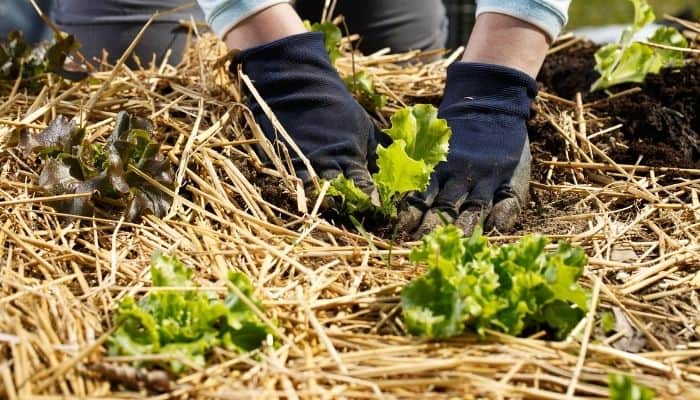





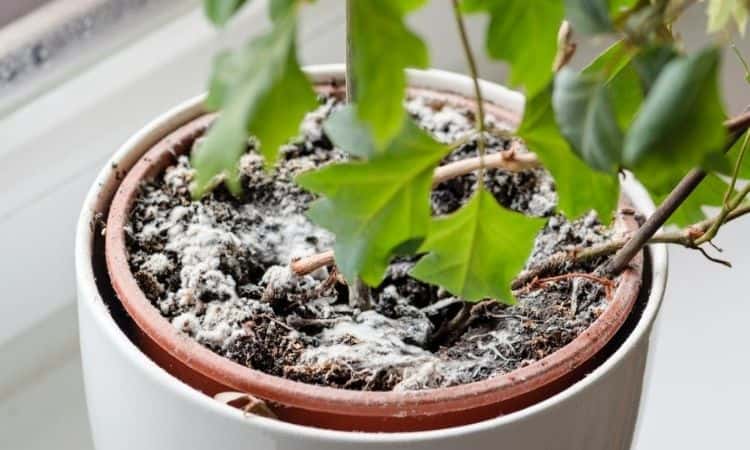

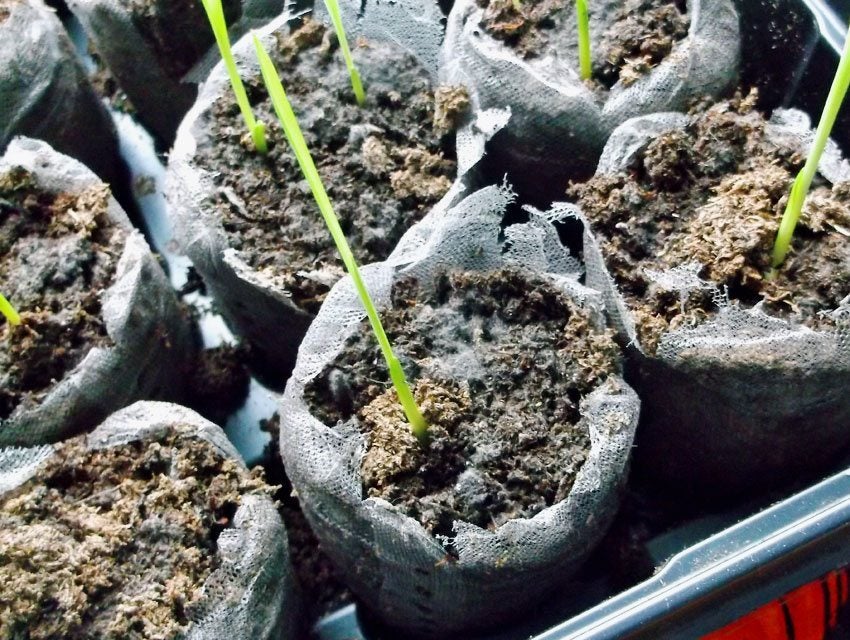


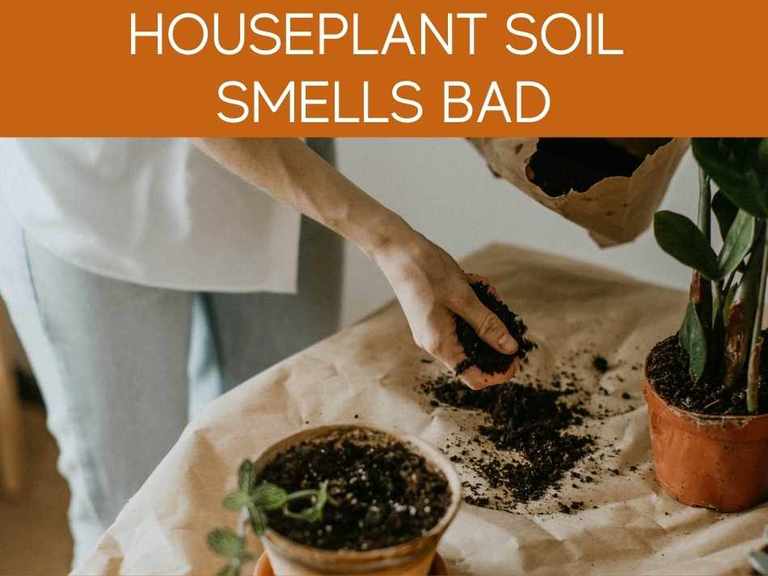








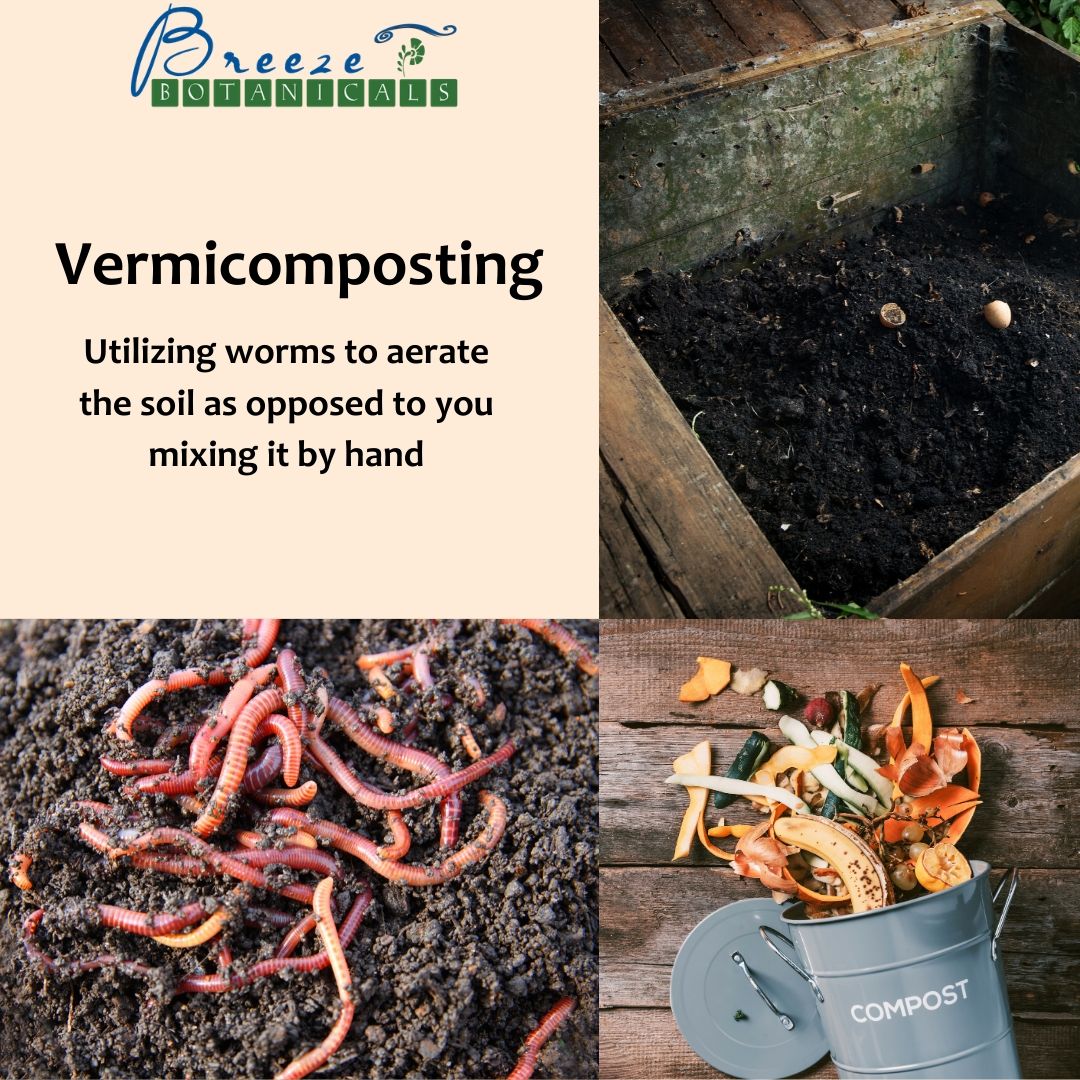







No comments:
Post a Comment
Note: Only a member of this blog may post a comment.